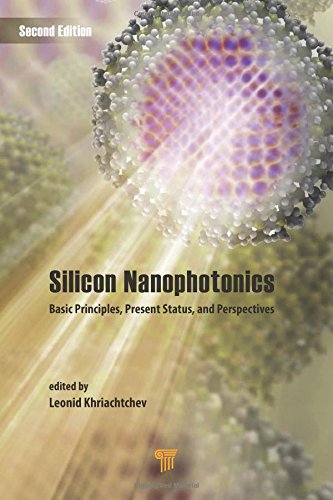

Most ebook files are in PDF format, so you can easily read them using various software such as Foxit Reader or directly on the Google Chrome browser.
Some ebook files are released by publishers in other formats such as .awz, .mobi, .epub, .fb2, etc. You may need to install specific software to read these formats on mobile/PC, such as Calibre.
Please read the tutorial at this link: https://ebookbell.com/faq
We offer FREE conversion to the popular formats you request; however, this may take some time. Therefore, right after payment, please email us, and we will try to provide the service as quickly as possible.
For some exceptional file formats or broken links (if any), please refrain from opening any disputes. Instead, email us first, and we will try to assist within a maximum of 6 hours.
EbookBell Team

4.4
32 reviewsPhotonics is a key technology of this century. The combination of photonics and silicon technology is of great importance because of the potentiality of coupling electronics and optical functions on a single chip. Many experimental and theoretical studies have been performed to understand and design the photonic properties of silicon nanocrystals. Generation of light in silicon is a challenging perspective in the field; however, the issue of light-emitting devices does not limit the activity in the field. Research is also focused on light modulators, optical waveguides and interconnectors, optical amplifiers, detectors, memory elements, photonic crystals, etc. A particularly important task of silicon nanostructures is to generate electrical energy from solar light.
Understanding the optical properties of silicon-based materials is central in designing photonic components. It is not possible to control the optical properties of nanoparticles without fundamental information on their microscopic structure, which explains a large number of theoretical works on this subject. Many fundamental and practical problems should be solved in order to develop this technology. In addition to open fundamental questions, it is even more difficult to develop the known experimental results towards practical realization. However, the world market for silicon photonics is expected to be huge; thus, more research activity in the field of silicon nanophotonics is expected in the future.
This book describes different aspects of silicon nanophotonics, from fundamental issues to practical devices. The second edition is essentially different from the book published in 2008. Eight chapters of the first edition are not included in the new book, because the recent progress on those topics has not been large enough. Instead, seven new chapters appear. The other eight chapters are essentially modified to describe recent achievements in the field.